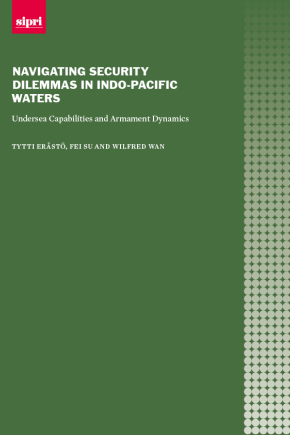Navigating Security Dilemmas in Indo-Pacific Waters: Undersea Capabilities and Armament Dynamics
This paper examines the drivers and implications of naval build-ups in the Indo-Pacific, considering key actors’ security objectives and threat perceptions, as well as the interplay of regional dynamics and strategic relations between nuclear-armed states. The focus is on undersea armament involving submarines and anti-submarine warfare (ASW) capabilities, which constitute a significant focus of military investments. The paper considers the related horizontal and vertical escalation risks, meaning a potential increase in the scope and scale of conflict. Particular attention is paid to nuclear-conventional entanglement related to the counterforce potential of ASW capabilities. In addition to seeking to raise awareness of these dynamics, the paper provides recommendations aimed at mitigating the risks related to the increased undersea activities in the Indo-Pacific.
- Introduction
- National security priorities and threat perceptions
- Submarine and anti-submarine warfare capabilities in the Indo-Pacific
- How security dilemmas affect regional and strategic stability
- Conclusions: Ways to reduce risks related to undersea capabilities



